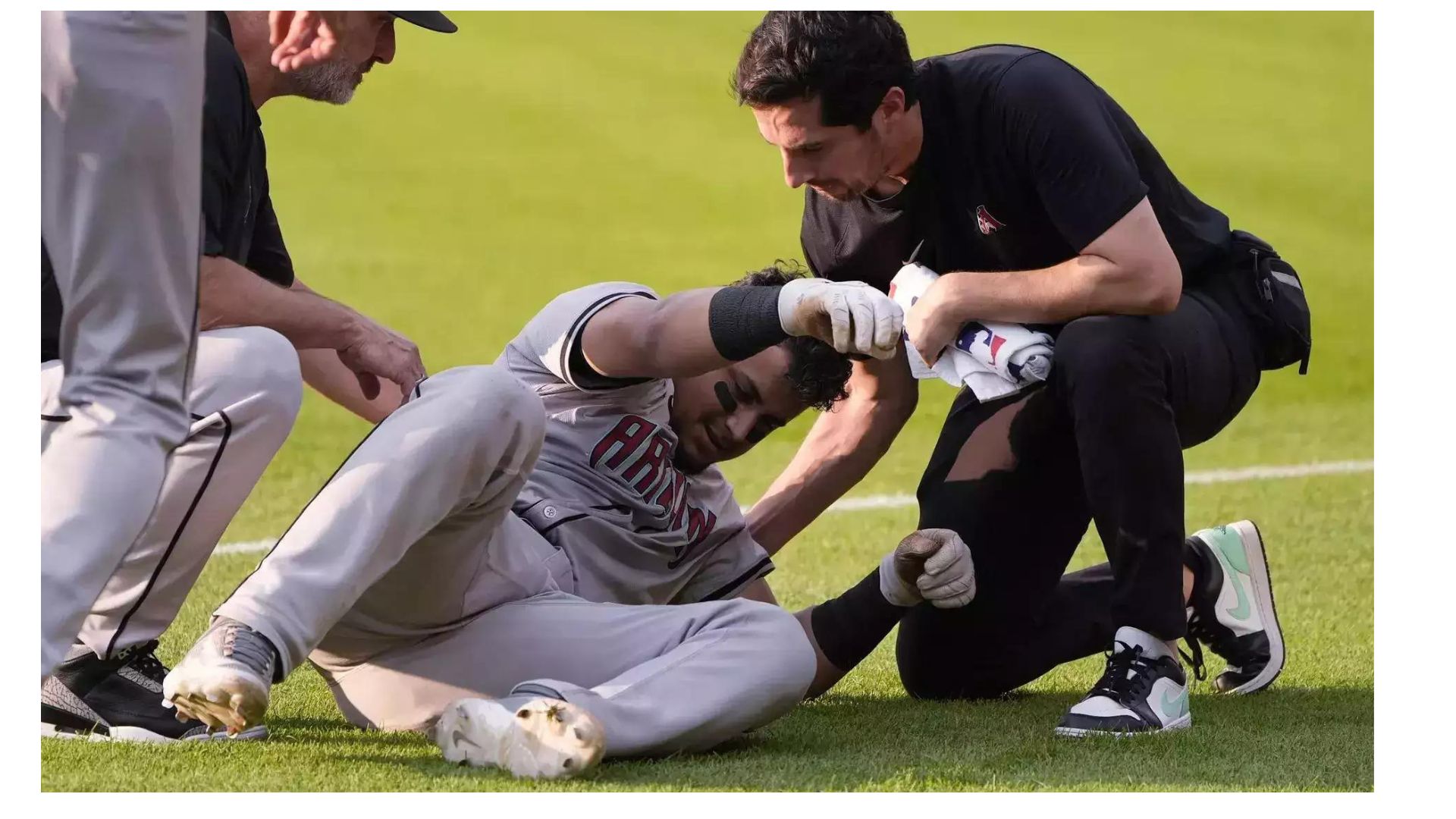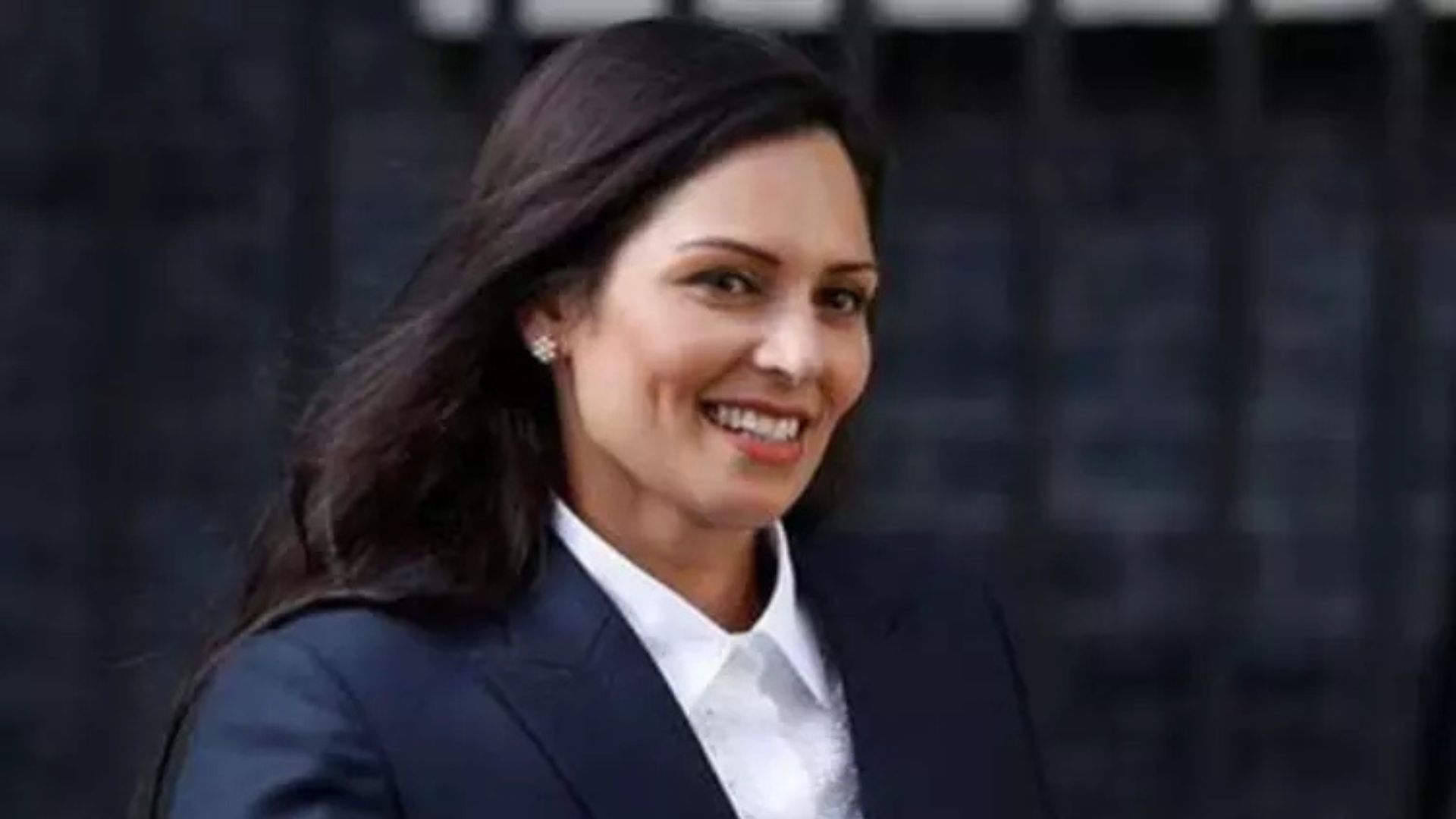Sports injuries, particularly muscle strains and sprains, are among the most frequent issues faced by athletes. These injuries often occur when muscles or ligaments are overstretched beyond their limits, typically due to sudden movements, heavy impact, or inadequate warm-up routines. The Daily Guardian in an exclusive interview with Dr. Neeraj Godara, Consultant Hand, Wrist & Reconstructive Microsurgery, Max Super Speciality Hospital to understand the common injuries, especially during the Olympics and athletes like Neeraj and Vinesh could have avoided such injuries in such platforms.
Q: What is the most common type of injury in sports, and what steps can athletes take to prevent them?
A: The most common sports injuries are muscle strains and sprains. These occur when muscles or ligaments are stretched beyond their limits, often due to sudden movements, heavy impact, or inadequate warm-up. Athletes can take several steps to prevent these injuries:
- Proper Warm-Up: Engage in a thorough warm-up before intense physical activity to prepare muscles and ligaments and reduce the risk of injury.
- Strength Training: Incorporate regular strength training exercises to build muscle strength and flexibility, which helps prevent strains and sprains.
- Proper Technique: Use correct techniques while performing sports activities, often with guidance from coaches, to minimize injury risks.
- Protective Gear: Wear appropriate sports equipment, such as helmets, pads, braces, and supportive footwear, to reduce injury risk.
- Adequate Rest: Allow sufficient time for recovery and rest if experiencing muscle strains or sprains to ensure proper healing.
Q: Many athletes, like Neeraj Chopra and Vinesh Phogat, compete while injured. What challenges do they face, and what are the potential consequences of playing through injuries?
A: Athletes competing while injured face several challenges and potential consequences:
- Pain and Discomfort: Continued competition with an injury can cause persistent pain and discomfort.
- Increased Risk of Severe Injury: Playing through an injury may lead to more severe damage, such as complete rupture.
- Decreased Performance: Injuries can significantly impact an athlete’s performance, leading to reduced effectiveness in their sport.
- Impaired Decision-Making: Pain can affect cognitive functions, leading to poor decision-making during competition.
Q: What exactly is a groin injury that Neeraj Chopra is to undergo and what are the details of such injuries in sports?
A: A groin injury involves strain or sprain of the muscles, tendons, or ligaments in the area around the abdomen and upper thigh. These injuries are common in sports that involve twisting, turning, sprinting, or kicking movements, such as soccer, basketball, track, or field events. Neeraj Chopra, for instance, is reported to have a sports hernia, also known as athlete’s pubalgia, causing significant groin pain. He plans to undergo surgery to address this issue.
Q: How should emergencies be managed during major sports events like the Olympics to ensure the safety and well-being of athletes?
A: Effective management of emergencies during major sports events involves:
- Emergency Action Plan: Implement and communicate a comprehensive emergency action plan among all coordinators and relevant personnel, with regular rehearsals for quick response.
- Medical Personnel: Ensure the presence of qualified medical personnel, such as doctors, athletic trainers, and paramedics, on-site.
- Medical Facilities: Maintain world-class medical facilities and equipment near the event venue.
- Communication System: Establish a clear communication system for efficient coordination and response in case of emergencies.
- Crowd Management: Develop strategies for managing and evacuating large crowds efficiently during emergencies.
Q: What are the most effective treatments for sports injuries sustained by Olympic athletes, and how can they achieve a quick and complete recovery?
A: Effective treatments for sports injuries include:
- Immediate First Aid: Follow the RICE protocol—Rest, Ice, Compression, and Elevation—to manage initial injury care.
- Regenerative Medicine: Use regenerative therapies for minor sprains or strains, followed by physical therapy to restore muscle flexibility and strength.
- Surgical Interventions: For severe injuries, consider minimally invasive surgeries such as arthroscopy or open surgeries for repairing ruptured ligaments or tendons.
- Advanced Imaging: Utilize high-resolution imaging techniques like MRI, HRCT, and dynamic MRI to accurately assess injuries.
- Rest and Recovery: Allow adequate time for rest and tissue repair to support full recovery.







